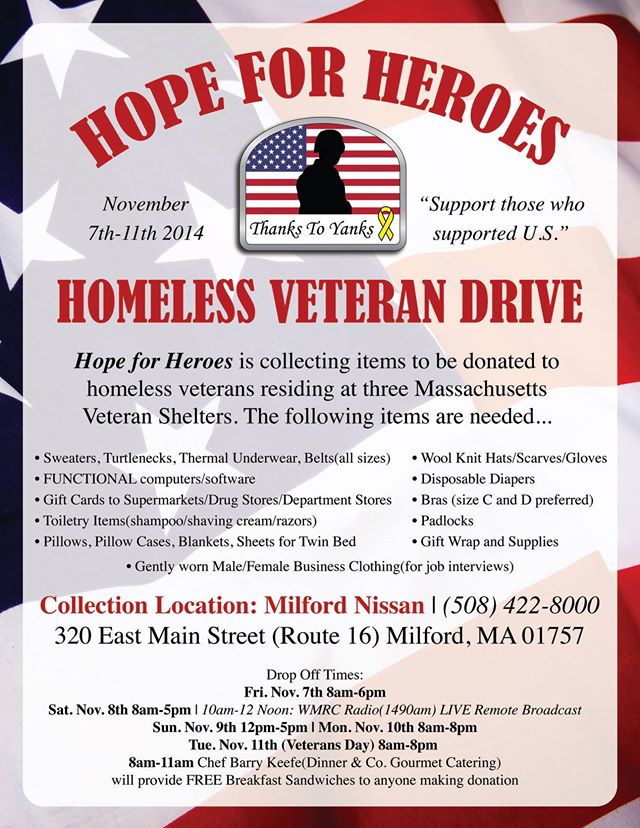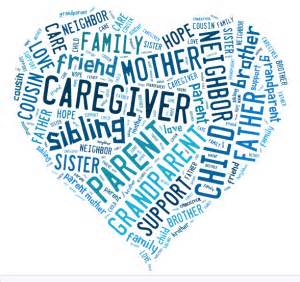Brisk air, shorter days and finding a pumpkin patch on every corner can only mean one thing—holiday season is upon us and with it come delicious feasts enjoyed with loved ones. For some of us, this also means lots of time spent in the kitchen. Whether you’re cooking, washing dishes or just gathering in the house’s social center, a kitchen that’s accessible to all family members makes for an inviting place to enjoy time together. Making your kitchen space more wheelchair-friendly can seem overwhelming, but with a few adjustments and considerations, you, and any other wheelchair user in your circle, can feel comfortable taking part in holiday traditions.
Kitchen Counters
Because the typical height of a wheelchair armrest is about 29”, a recommended counter-top height for a person using a wheelchair is a minimum of 28” and should be no higher than 34”. There should also be a space of at least 24” in height and 30” in width to accommodate the wheelchair underneath while working at the counter. This way, you, or any person with a disAbility in your family, can easily reach the counter for food preparation, storage or sneaking a bite of that side dish before it’s quite ready.
Sinks
An important tip to keep in mind when installing a wheelchair accessible sink is to place the drain near the back of the sink. This keeps a space clear of obstructions under the sink where a person using a wheelchair can move into without issue. Also be sure any hot water pipes are insulated to prevent burns. Finally, accessible kitchen sinks should be only 5” to 6 ½” deep with a single lever faucet to make for simple operation
Wall Cabinets
Lowering wall cabinets by about 3” (from the standard 18” above the counter to 15”) would make the second shelf accessible for persons in wheelchairs. By also including pullout cutting boards and drawers with full extension glides, your kitchen could be transformed into an accessible haven. An alternative solution would be to install shelving lifts inside cabinets. These will lower the shelves, and their contents, to an accessible height for those with disAbilities.
Appliances
Installing or lowering wall ovens, microwaves or other mounted appliances to approximately 31” from the floor can make them more convenient to operate from a wheelchair. When it comes to a stove-top, positioning control knobs at the front of the appliances eliminates the need to reach across a hot cooking surface and makes it easier for those with mobility limitations to feel more comfortable cooking up something yummy.
These adaptations can help make your kitchen easy to navigate and give you the perfect space to try those holiday recipes you’ve been eying.


